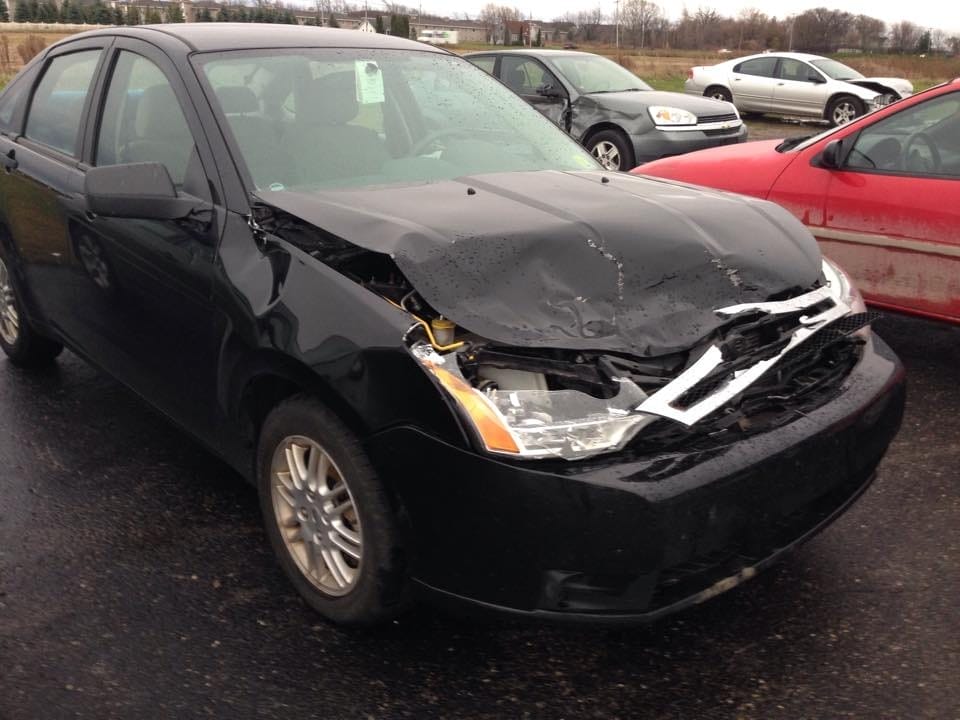Cannes Film Festival 2025: Complete Official Selection Announced
The official 2025 Cannes Film Festival selection is being unveiled. The 78th festival of the …
Trending News Buzz Trending News Buzz Trending News Buzz Trending News Buzz Trending News Buzz Trending News Buzz Trending News Buzz Trending News Buzz Trending News Buzz



























